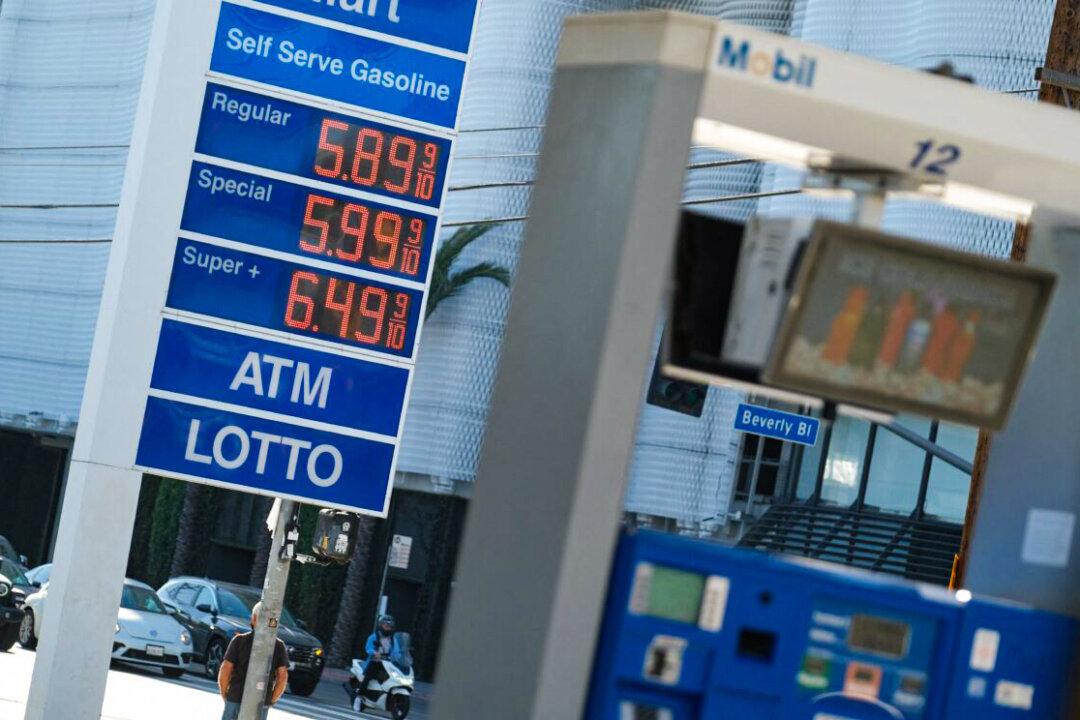A net of 61 percent of small businesses raised their prices at the start of 2022, according to the National Federation of Independent Business. The percentage is the highest it’s been since 1974. The increase coincides with a 7.5 percent rate of inflation reported in January 2022 by the Bureau of Labor Statistics.
The overall rate of inflation is spurring price hikes for some small businesses. “If we did not raise our prices, we would have worked just as hard as the prior year and made less money because inflation would eat away our profit,” Wendy Barlin, CPA and founder of About Profit, a tax strategy firm based in Staten Island, told The Epoch Times. Her company raised fees 10 percent for 2022.





